Tiblo
tl;dr
Client
Calorx education and research foundation, India
Role
Independent design research project in collaboration with Swati Srivastava. We contributed equally to all aspects of research as well as design.
Ethnography • Synthesis • Concept Design • Product Design • High-Fidelity Prototyping (Electronics & Laser Cutting) • Packaging
Timeframe
April 2010 – June 2010
Brief
To design a playful, engaging, and economic learning aid for children with dyslexia, aged 8-10 years, that could adapt to (and possibly inspire) different kinds of teaching and learning styles, both at school and at home.
To design a playful, engaging, and economic learning aid for children with dyslexia, aged 8-10 years, that could adapt to (and possibly inspire) different kinds of teaching and learning styles, both at school and at home.
To design a playful, engaging, and economic learning aid for children with dyslexia, aged 8-10 years, that could adapt to (and possibly inspire) different kinds of teaching and learning styles, both at school and at home.
Outcome
Tiblo is an open-ended, tangible learning aid that consists of a set of connectable interactive blocks that can record and playback up to 10 seconds of sound. Connecting the blocks and hearing their own recorded sound cues helps children with dyslexia remember sequences, like parts of a story, letters in a word, or numbers in an equation. Children can use the blocks on their own or in a group and construct many different kinds of games and activities around it with their parents and teachers.
Tiblo is an open-ended, tangible learning aid that consists of a set of connectable interactive blocks that can record and playback up to 10 seconds of sound.
The blocks can be connected in any orientation to visually and tangibly represent sequences, like parts of a story, letters in a word, or numbers in an equation. Sequences are a part of most subjects and written language, and it is something that children with dyslexia struggle with. Keeping the blocks open-ended allows children to use it on their own or in a group and construct many different kinds of games and activities around it with their parents and teachers.
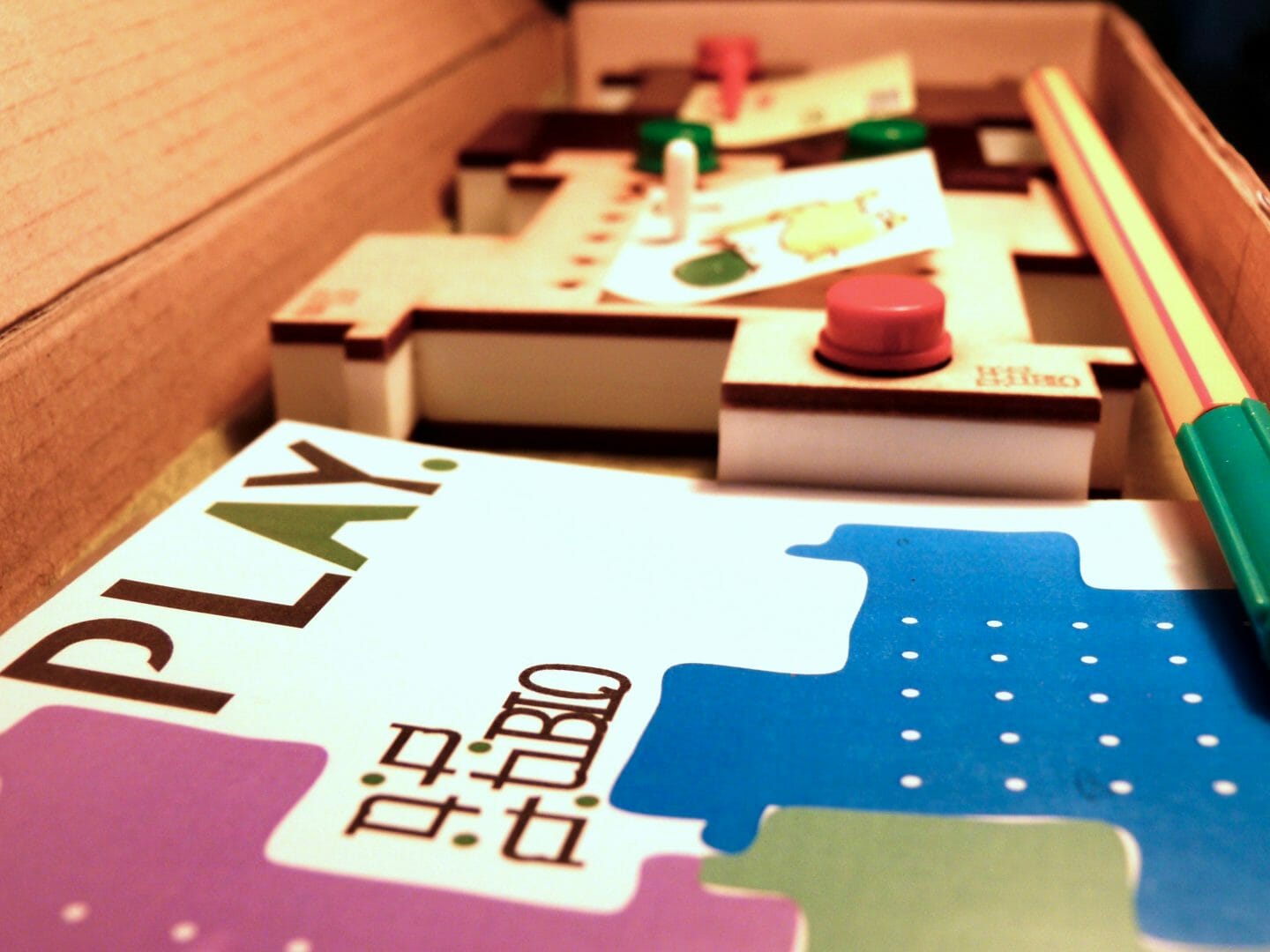
Brief
Designing an explorative, economical, and open-ended learning aid for children with dyslexia that could be used in diverse teaching approaches, while also inspiring new and creative forms of use.
Dyslexia is a learning disability, which affects the ability to read and spell correctly. Special schools for children with dyslexia focus on individual growth, learning, and psychological difficulties faced by the child. The Prerna school for children with dyslexia, run by the Calorx education and research foundation in Ahmedabad (India) is an example of such an educational institute.
I collaborated with Swati Srivastava on a design research collaboration with the Calorx foundation and the Prerna school. We initiated this project to develop a learning aid for young children with dyslexia. Existing digital learning aids at the time were often subject-specific and symptomatic and therefore, did not create a personal one to one relationship with the child. This was one of the main things we wanted to address through our design.
What I did
research
Interviews
Participant Observations
Rapid Ethnography
Thematic Analysis
Artefact Mapping
Strategy
Domain Mapping
Concept Design
Concept Definition
Design
Product Design
Prototyping
Fabrication
Testing
Packaging
Role: Interaction design researcher (intern)
I worked with Swati Srivastava on this project, and both of us contributed equally to all aspects of the design, fabrication, and evaluation.
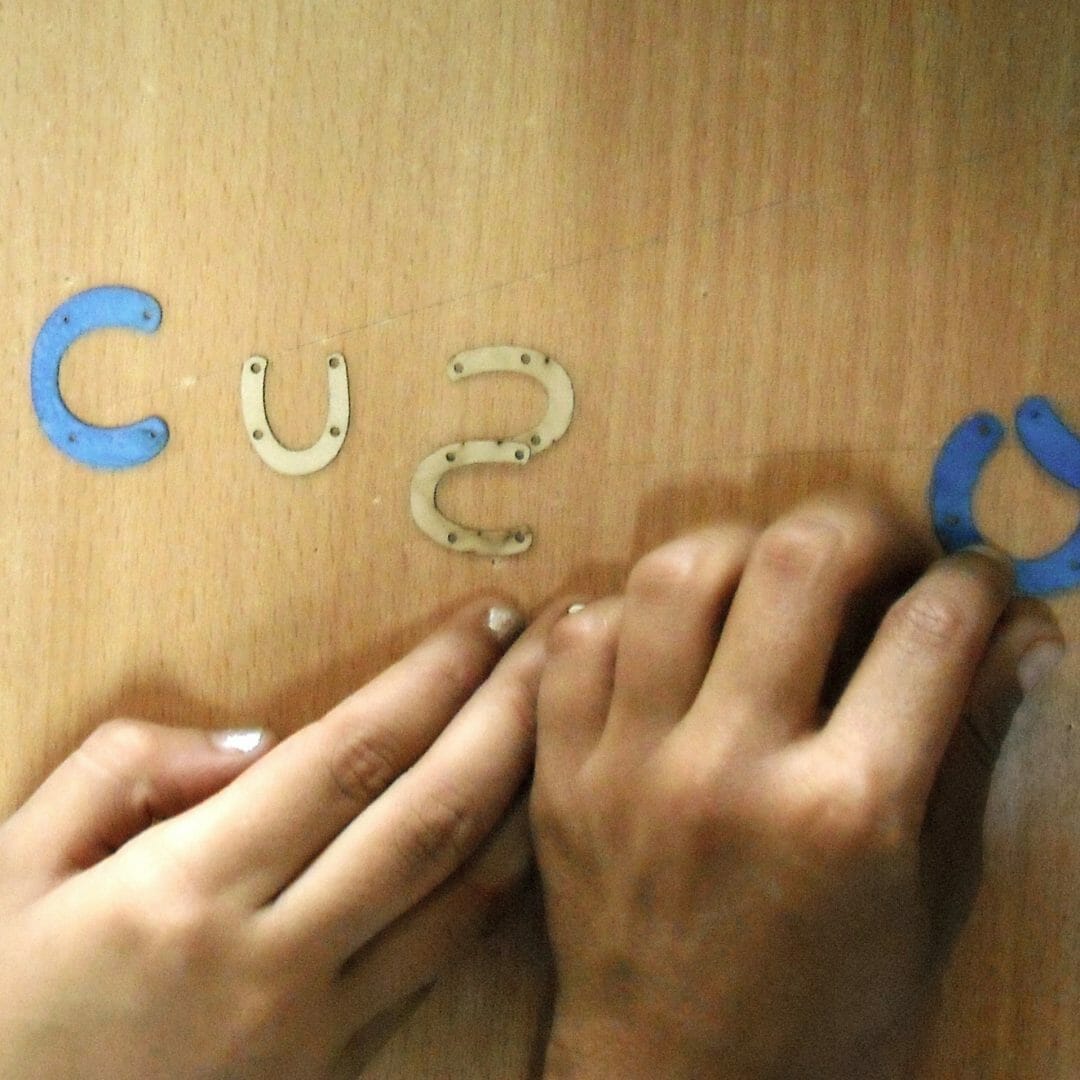
Children constructing alphabets with the alphabet cut-outs provided with Tiblo
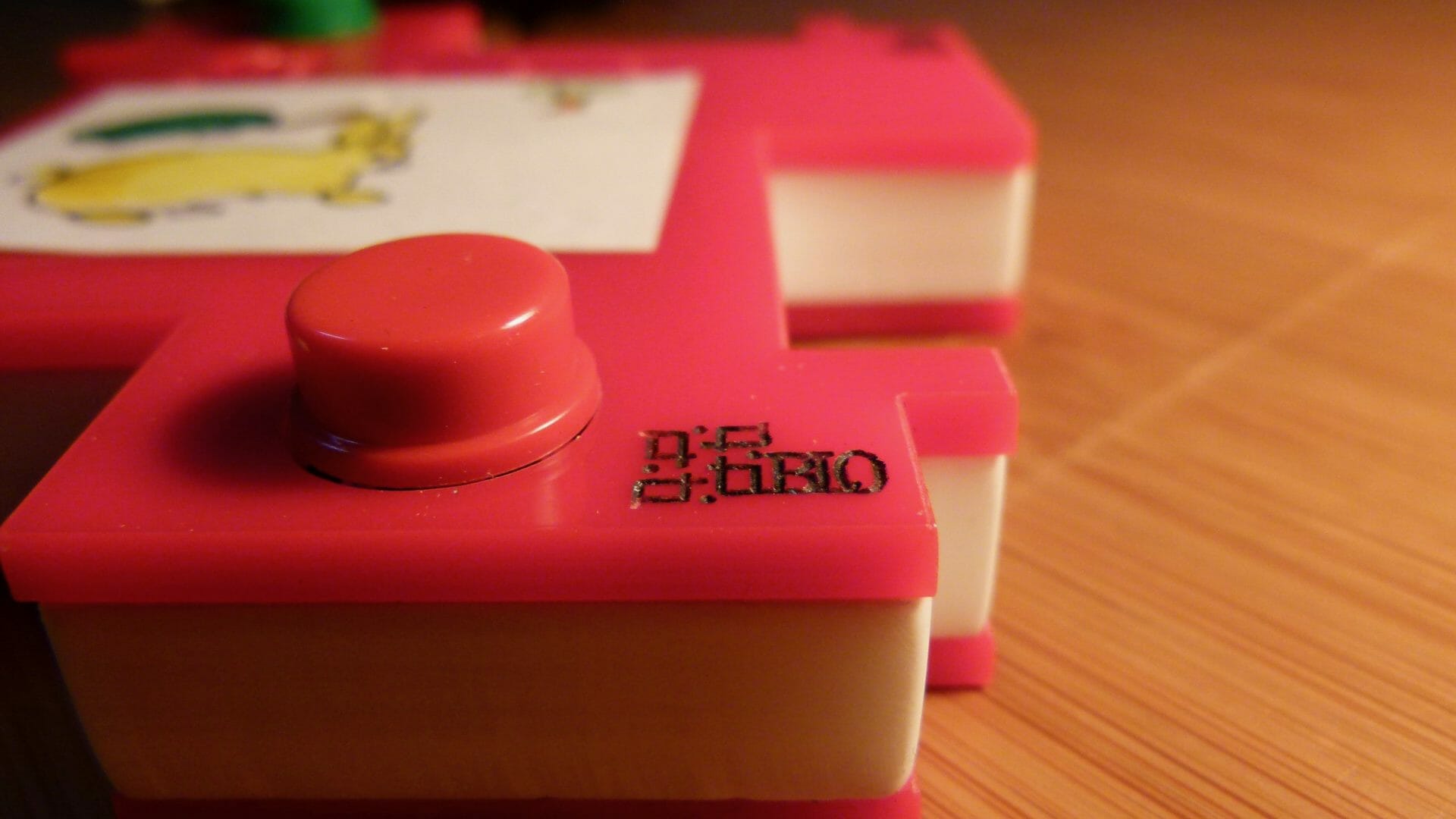
Tiblo
Tiblo (Tangible Interactive Blocks), is an open-ended, tangible learning aid for children in the age group of 8 to 10 years. It consists of a set of modular interactive electronic blocks, which can record and play back up to ten seconds of recorded sound. They can also be physically connected to other Tiblo blocks in any orientation because of its form. A set of blocks may be combined in a sequence to form many shapes like a linear sequence, a grid-based surface or a three-dimensional form. The blocks have a small pinup board on its surface that acts as a space to pin up the visuals created by the children using plastic pins, also provided as a part of the kit.
We explicitly designed Tiblo keeping in mind the psychological and emotional effects of Dyslexia. Our process was informed by rigorous background research, ethnographic studies, and evaluation. The blocks use sounds and visuals created by the children themselves to improve their memory and organisational skills. Since the blocks are not tied to a particular subject or topic, children can use it to construct many different kinds of games and activities. Children can use the blocks by themselves or together with their friends, parents, and teachers.
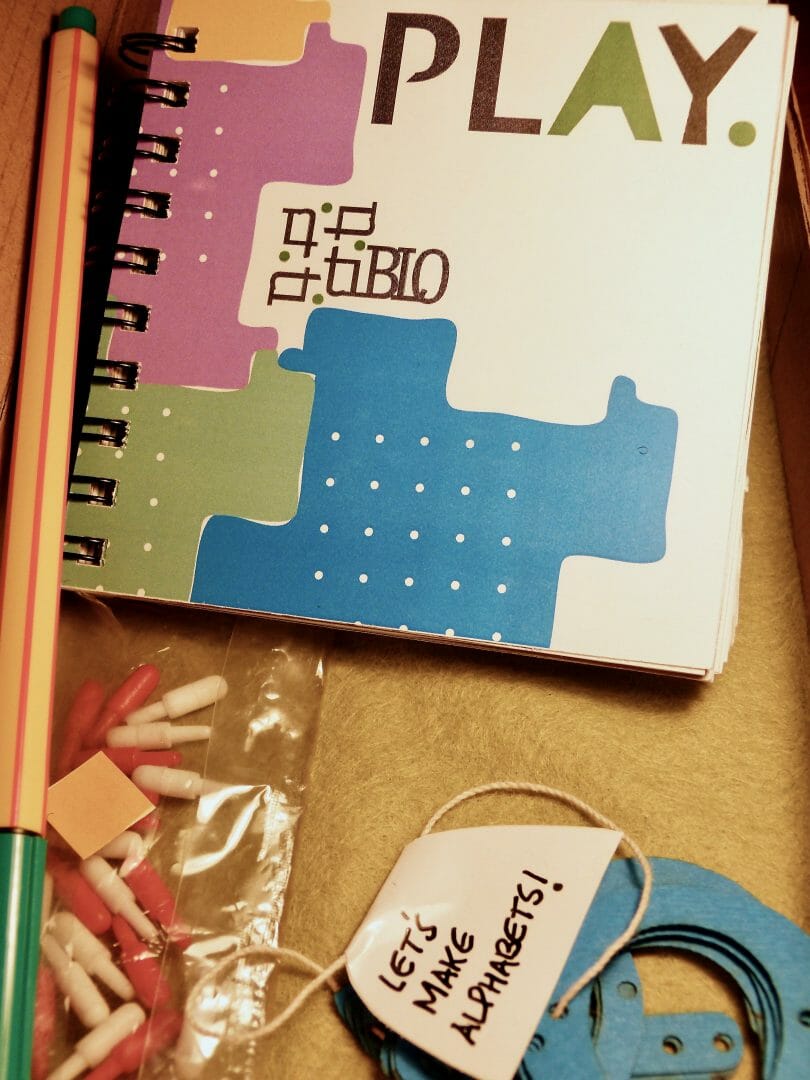
The packaging for the blocks
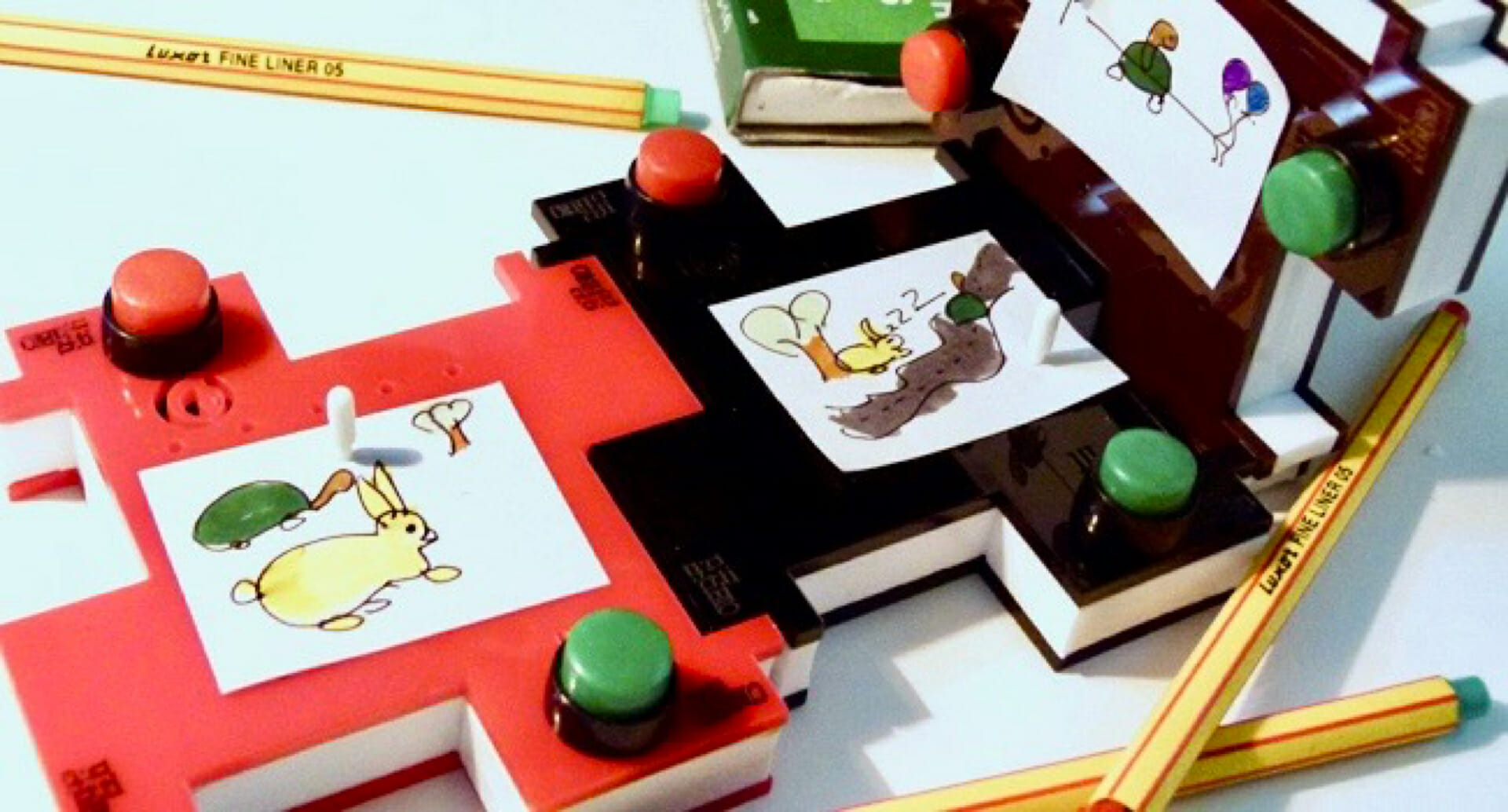
Tiblo blocks connected to tell a story
How it works
We created the initial prototypes with cardboard to test the connectivity and the scale of the blocks. We made the later models with laser-cut Medium Density Fiberboard (MDF) because it allowed us to iterate quickly and generate precise models of the form.
It also enabled the children to draw on it, colour it and modify it as they wanted. We hacked circuits from low-cost electronic toys to make functional prototypes that could record and playback ten seconds of audio. Initially, we created and tested five working models and five non-working coloured models. We made the final models out of laser-cut acrylic sheets. The change in material made Tiblo lighter and more portable while also making it appear more playful and friendly to children.
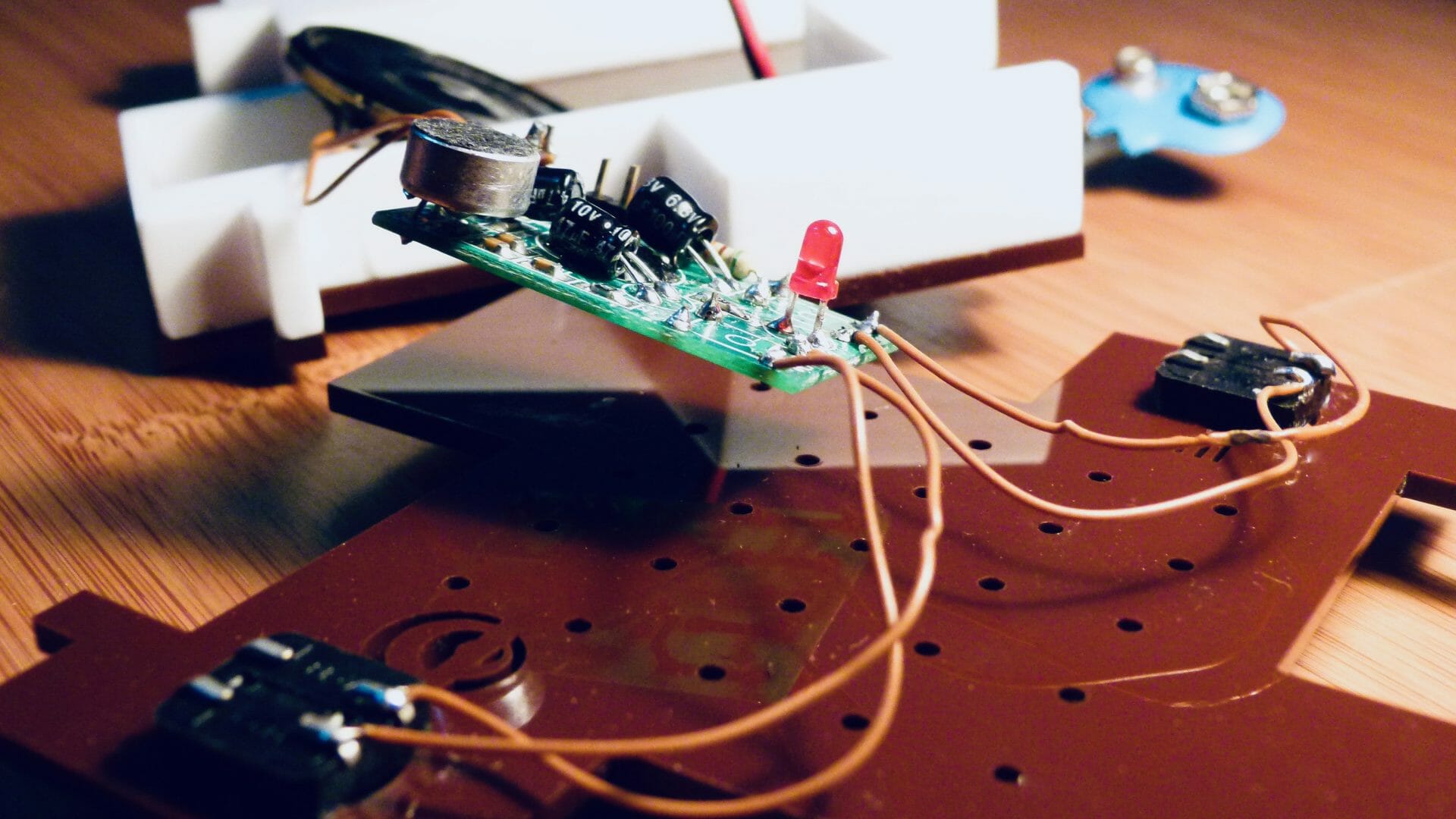
The internal circuitry of the blocks
Approach
Becoming a part of the school environment
Volunteering for discovery
We worked as volunteers in the school. We assisted the class teachers in managing the class and preparing study material. Eventually, this helped us in shedding our identity as an ‘outsider’ and became a part of the children’s school environment. This experience gave us several key insights on the teaching methodology, artefacts children used and where they struggled most, including the emotional vulnerabilities during their daily school life.
In about a month, teachers, parents, and children knew us and were comfortable sharing their experience with us. We interviewed the teachers and parents as they had the most substantial emotional ties with the children in addition to our participant observations in the classroom.
01/
“[We use] all these things, these resources and sometimes our creativity, as per the need of the child. The resources do not work every time, and even our creativity does not work sometimes.
Of course, scientists and researchers have made many things for us, but even with that, we have to put in our efforts.”
– Teacher, Calorx Prerna School
“…we are using everything, aurally, visually, kinesthetically, the body they are using, the roleplay, so we are covering all that.
So the child is unaware, like I am using so many parts of the body, in action, in singing, role play etc. Because only then will the child become active.”
– Teacher, Calorx Prerna School
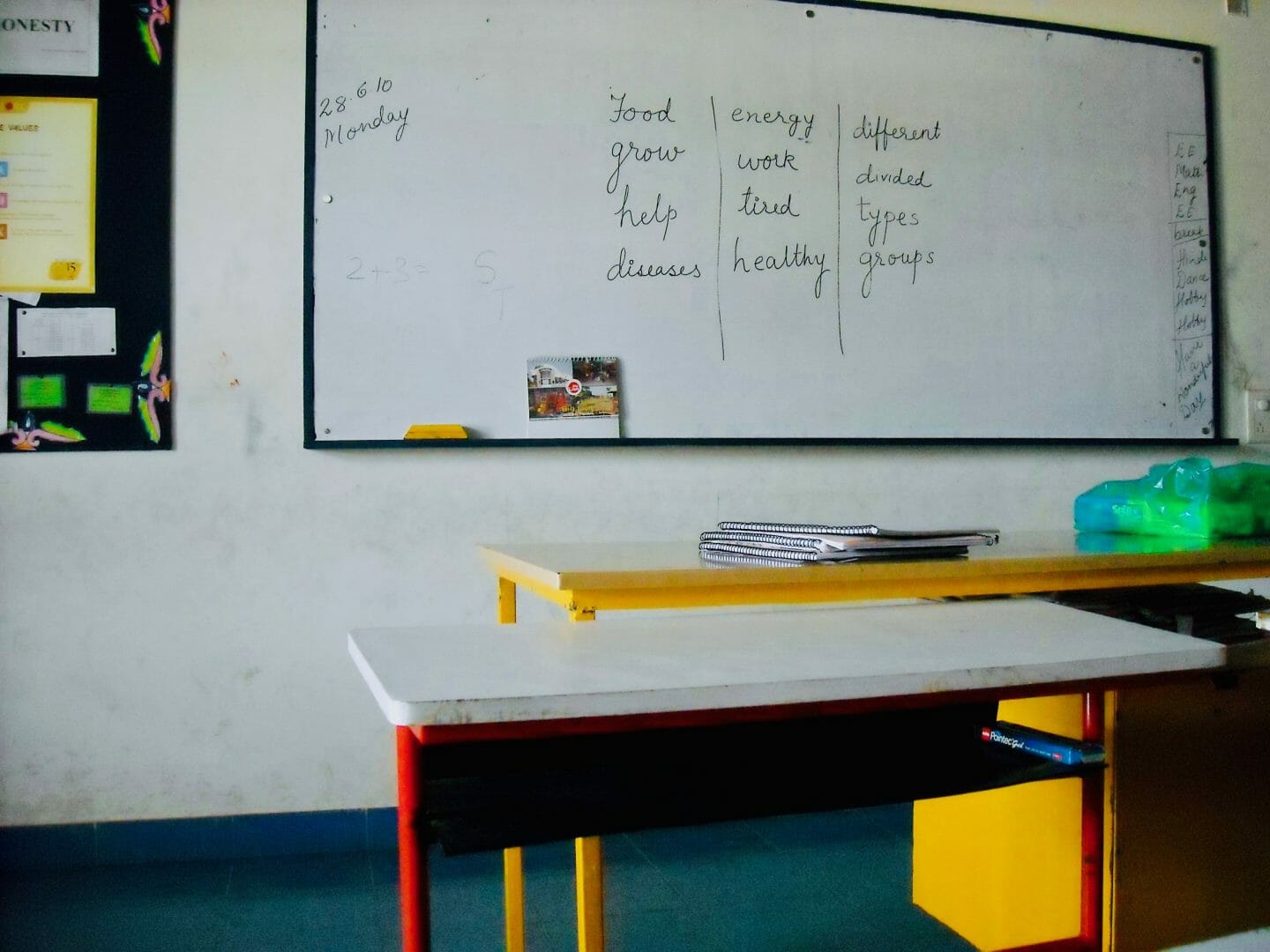
The classroom at the Prerna School
Analysis and Synthesis
We used thematic analysis and affinity mapping to analyse the data from our interviews and observations from our time volunteering at school. This approach allowed insights and design concerns to emerge from the data itself rather than letting our pre-conceptions drive the process.
02/


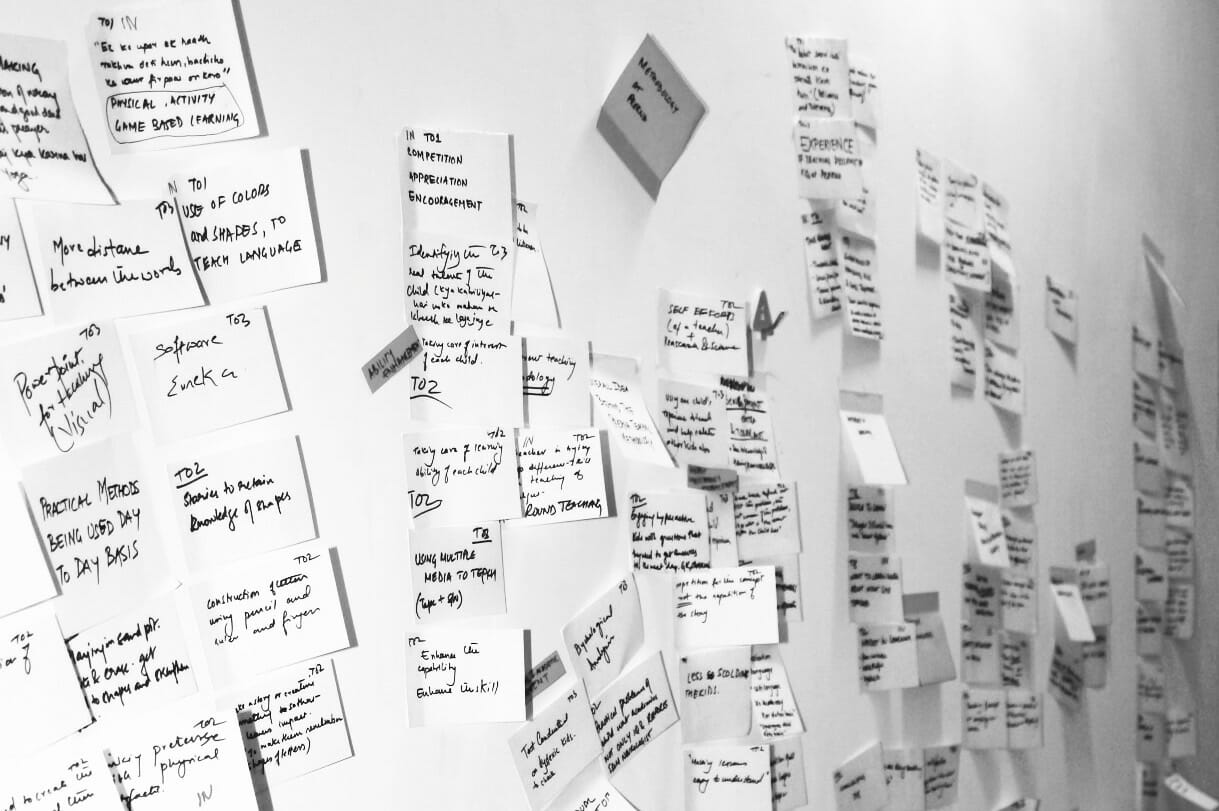
Thematic analysis, artifact mapping, and affinity mapping
ideation, Prototyping, and testing
We went through many rounds of brainstorming and lo-fi prototyping before finalising the Tiblo design concept and form. We based the final form on a geometric shape tesselated in three dimensions. The form is unrelated to everyday objects that children encounter, and so it allows them to project their own creative ideas onto it. We also designed the block to work out of the box without needing any configuration or setup.
We also traced alphabet shapes using a lightbox to identify four basic shapes. Children could use these shapes to construct the letters of the alphabet on the grid on the blocks’ surface.
03/


Early concept sketches and prototypes; tracing alphabet shapes


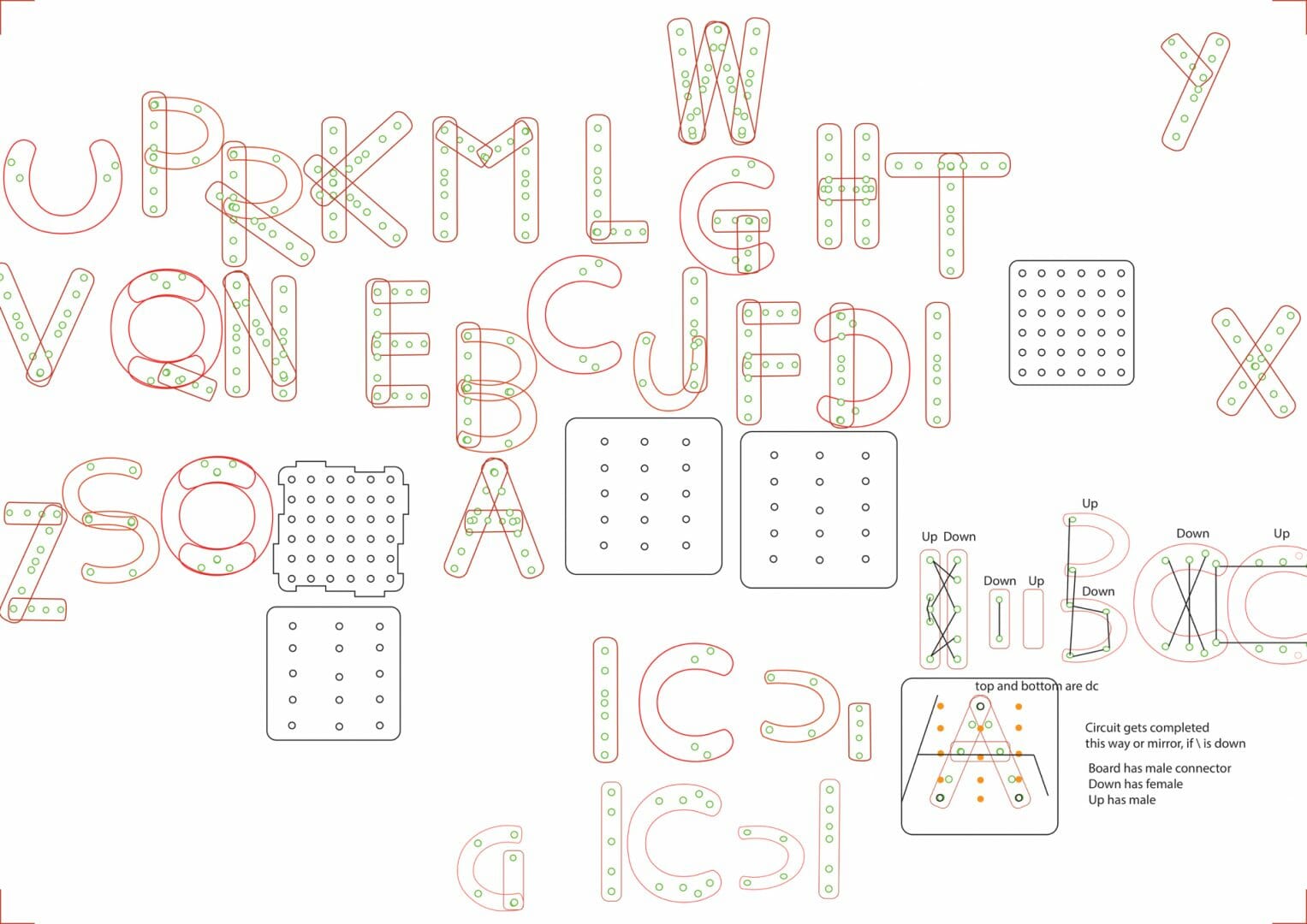
Testing alphabet shape elements to create alphabets and aligning them with the grid on the blocks’ surface
Testing
We tested the initial block prototypes with the children at the Prerna school. We used five working prototype models and five non-working coloured models of the blocks for testing. It was interesting to see how children connected the Tiblo blocks in novel ways creating imaginary scenarios; built games using it as a prop. They wrote their names on the blocks given to them. The teachers also incorporated the blocks within their teaching, using them for activities like word completion and alphabet construction.
04/
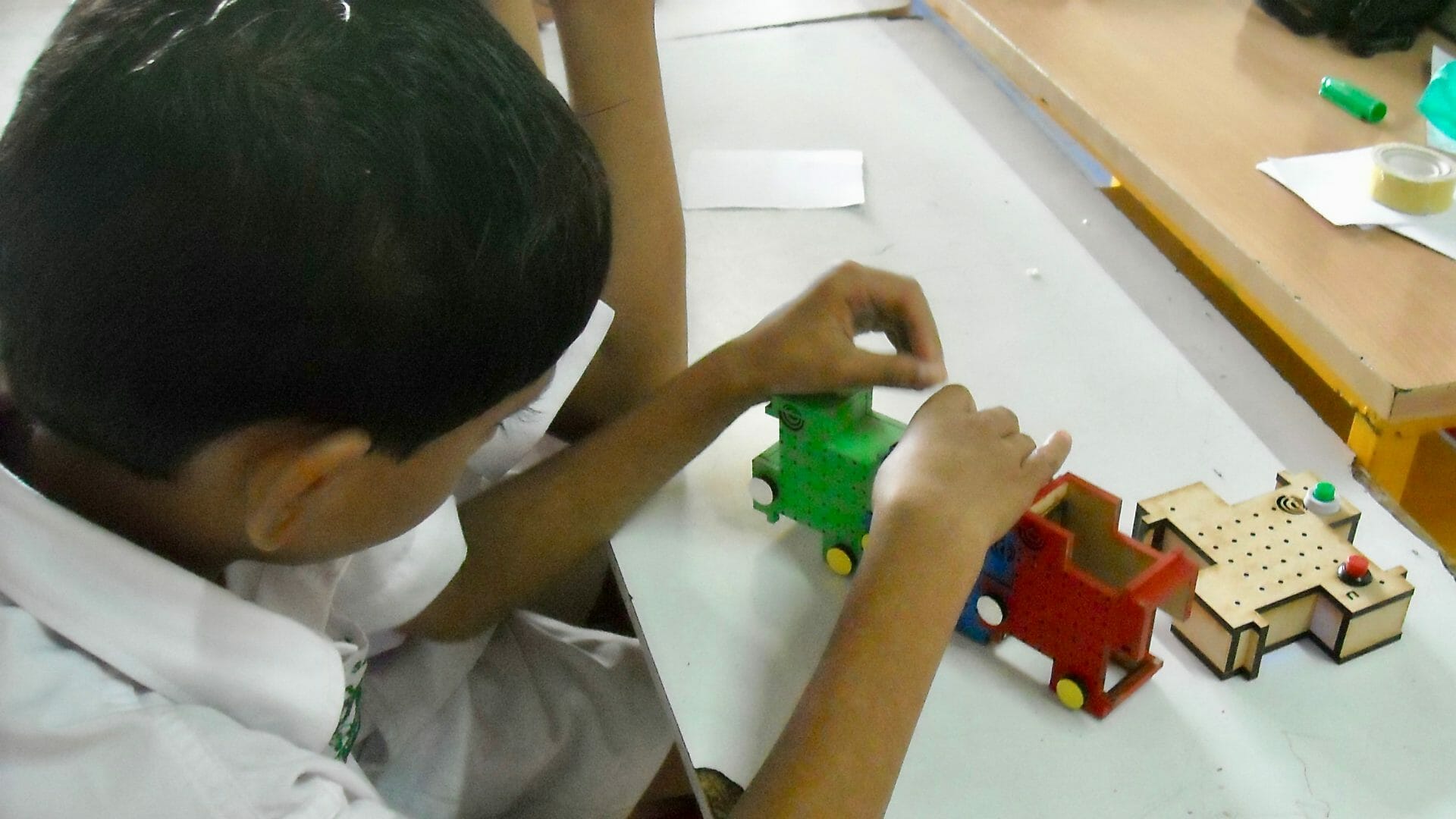
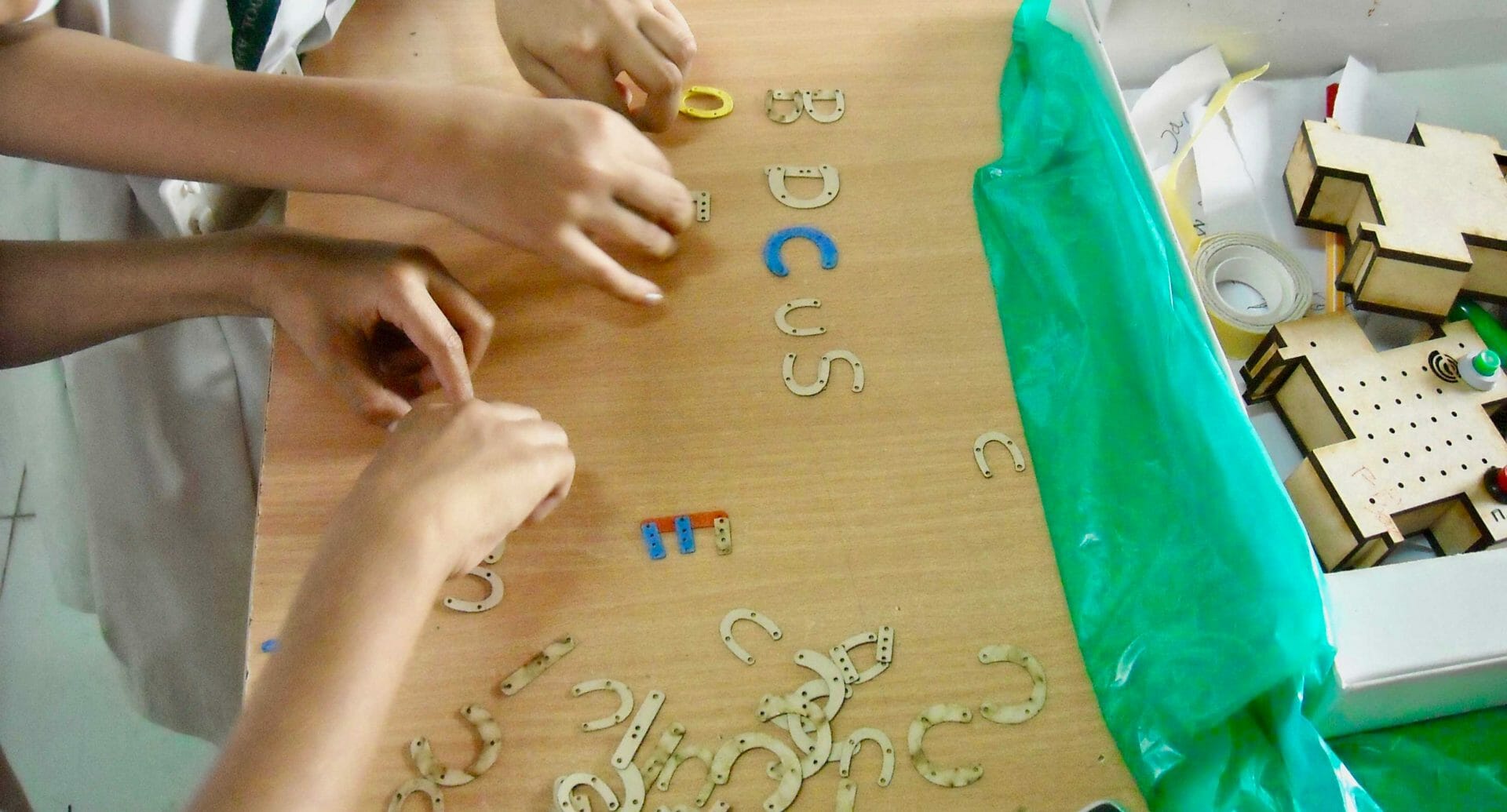
Testing the blocks and the alphabet shapes at the Prerna School
finalising the form and packaging
Based on our reflections and feedback from the initial rounds of testing, we created sturdier and higher fidelity prototypes using laser-cut coloured acrylic. We also created a mockup of a box in which Tiblo could be packaged along with the cut-out alphabet shapes and a visual guide suggesting how Tiblo could be used.
05/
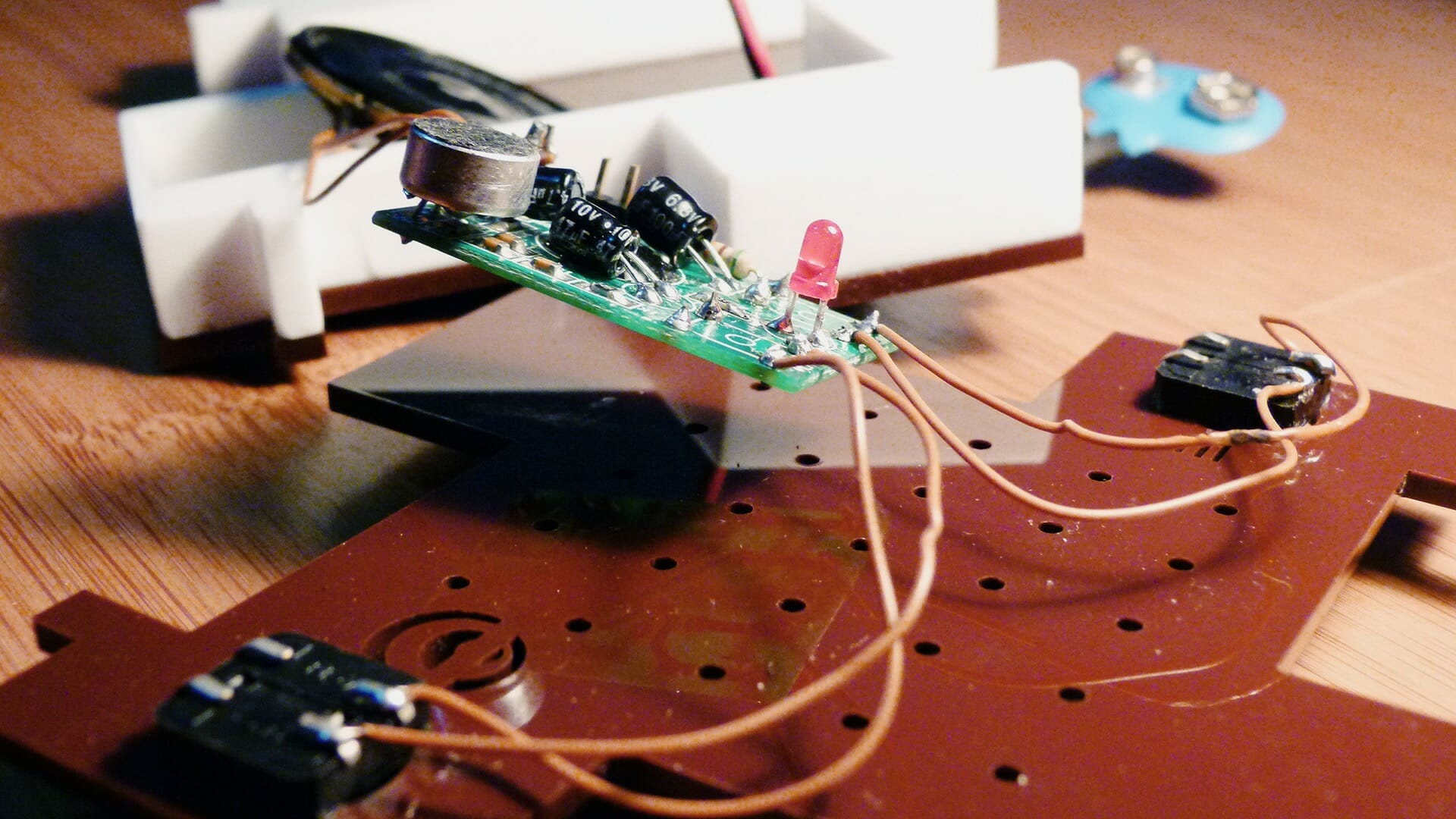
Final and more durable version of the form and the circuit components
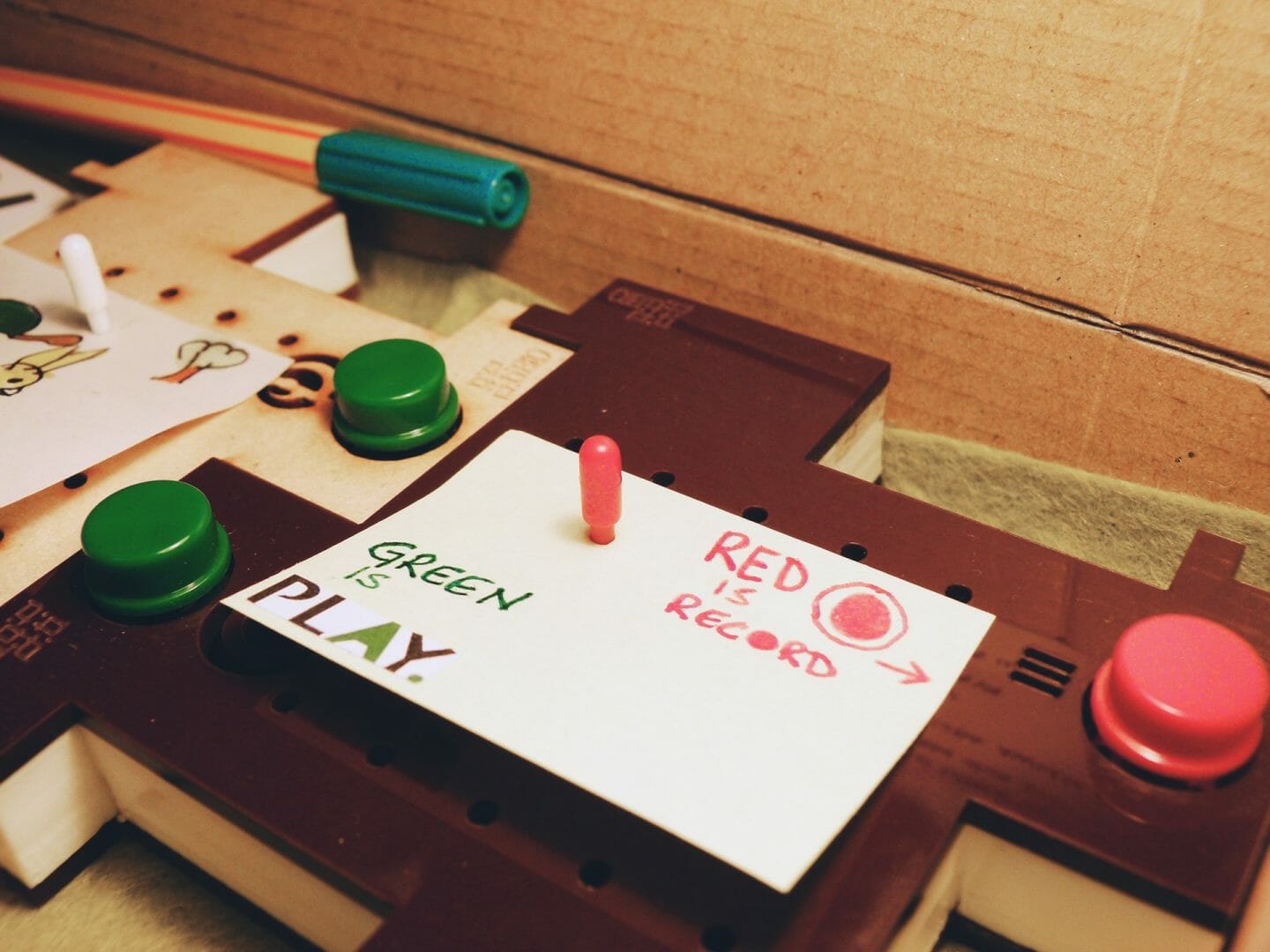
The blocks in a connected configuration
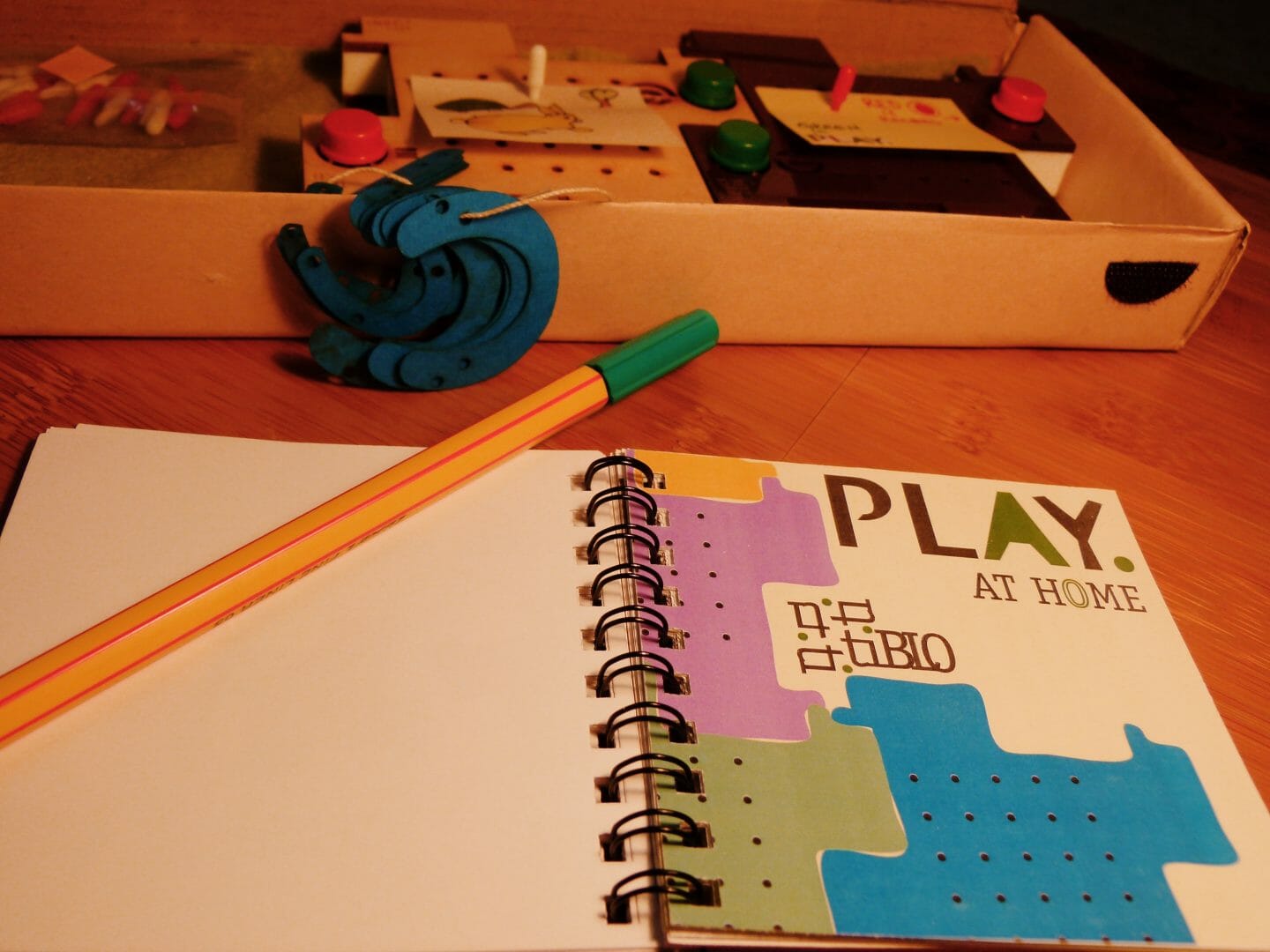
The packaging containing the blocks, a visual guide for using them, alphabet shapes, felt tipped pens, and plastic pins
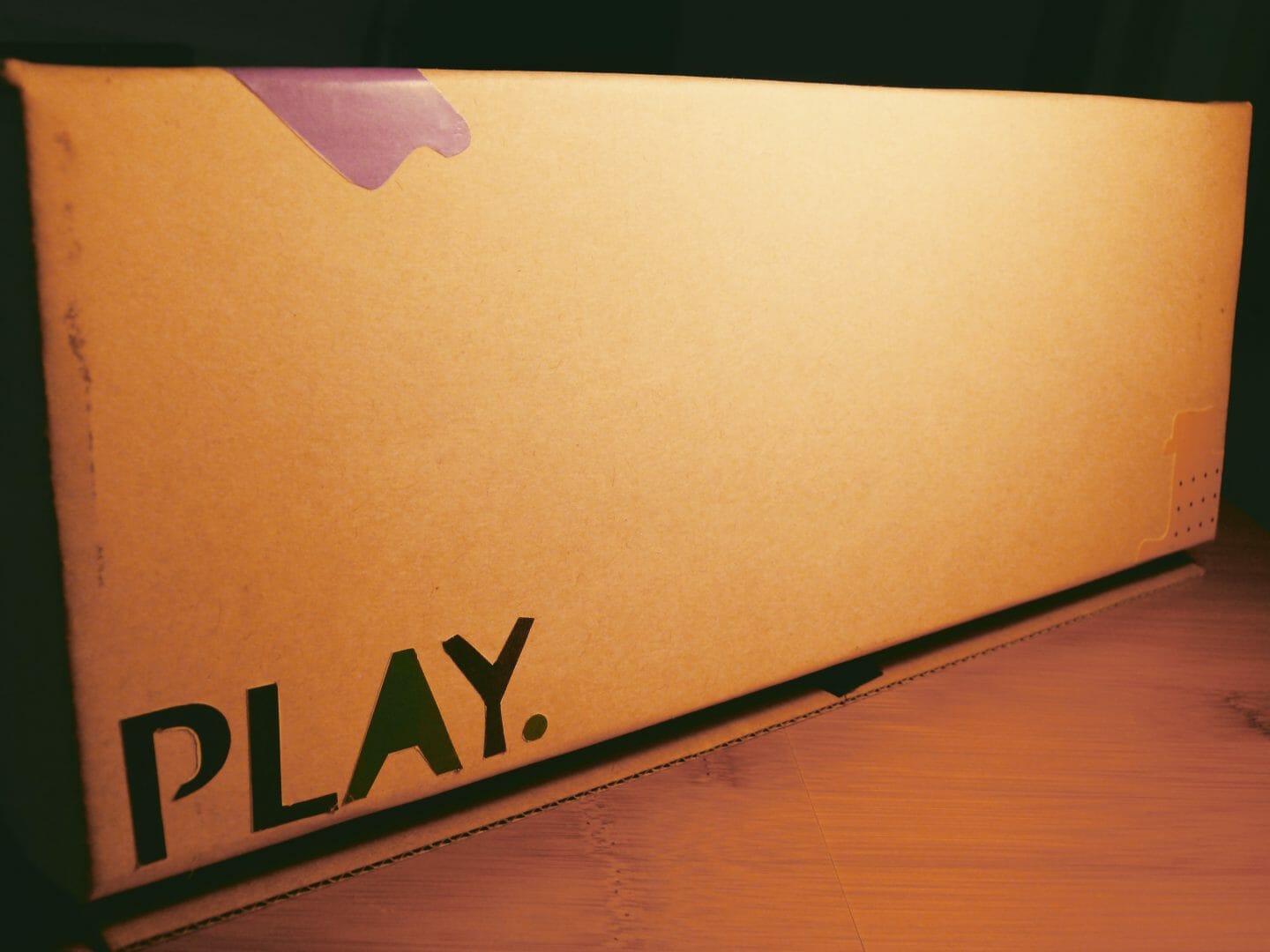
The underside of the packaging
Publication
Swati and I discussed the design process, insights, and the Tiblo concept in a peer-reviewed research paper. The paper was presented in the Desire 2011 conference in Eindhoven, Netherlands.
Research Paper
Pandey, S., & Srivastava, S. (2011). Tiblo: A Tangible Learning Aid for Children with Dyslexia. Proceedings of the Second Conference on Creativity and Innovation in Design, 211–220. https://doi.org/10.1145/2079216.2079247
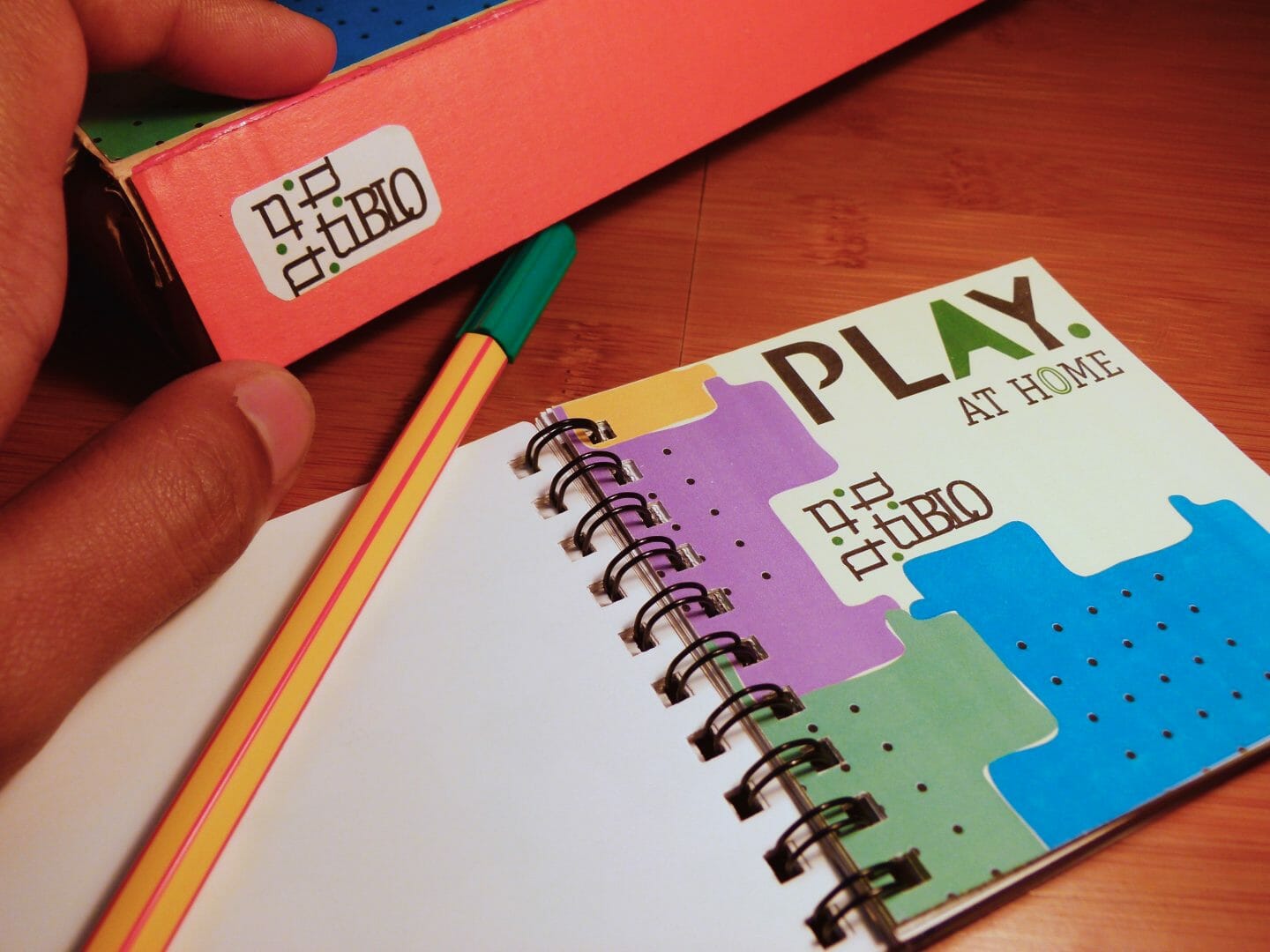
More Projects
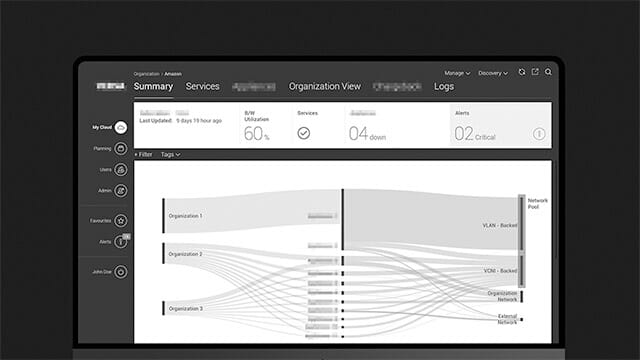
Versa Networks - Software Defined Network (SDN) Application0 to 1 product design for a SDN management application
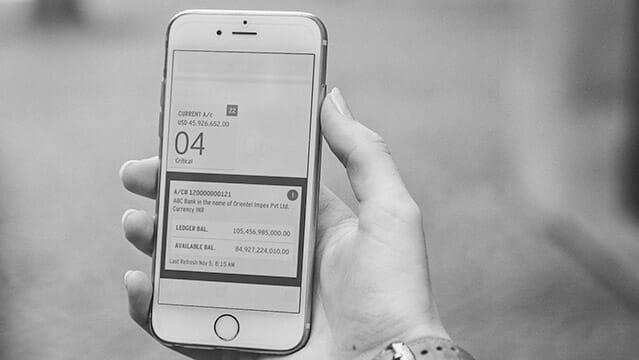
D+H India - Transaction Banking App0 to 1 design of a responsive transaction banking app
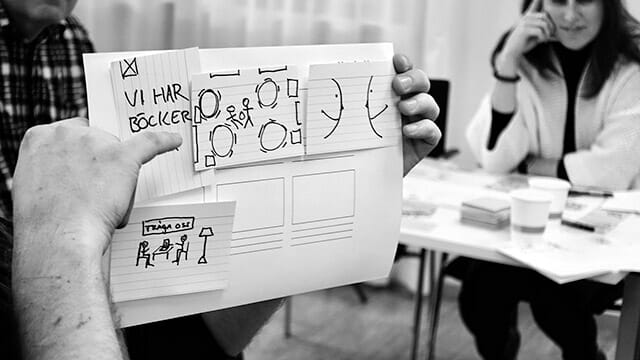
LibraryUXIntroducing and Positioning Design for the University of Oslo Library

FriluxBranding Design at the University of Oslo Library
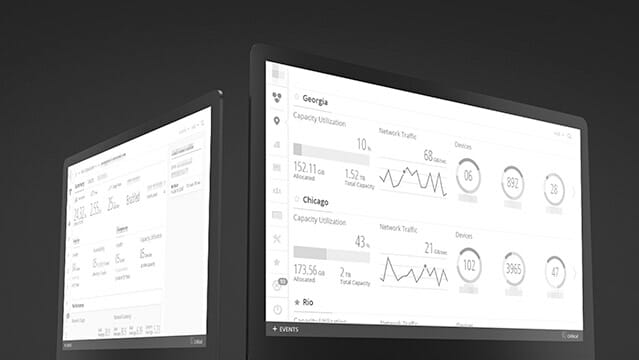
IBM Cloud Storage ManagementRe-designing the cloud object storage application to seamlessly manage and monitor large-scale storage clusters
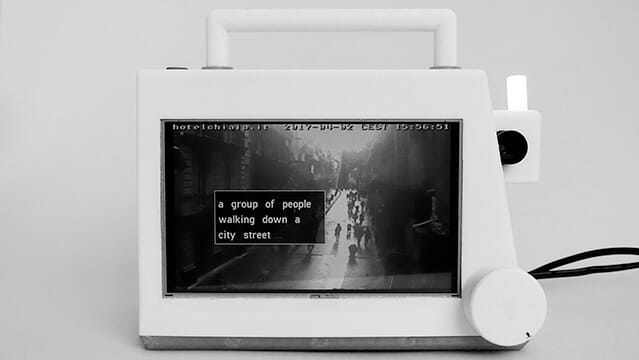
EyespyTVProbing smart surveillance through a portable TV and cultural probes
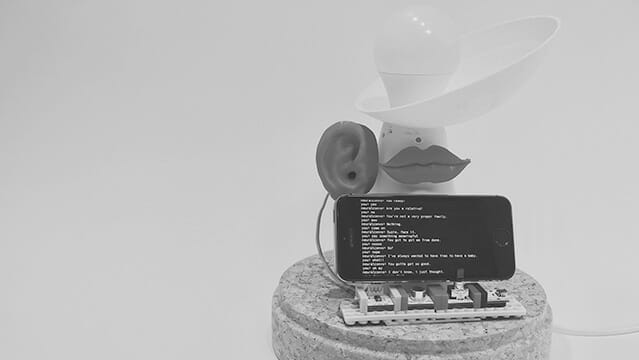
HearsayA voice-enabled lamp that is ‘always in conversation’
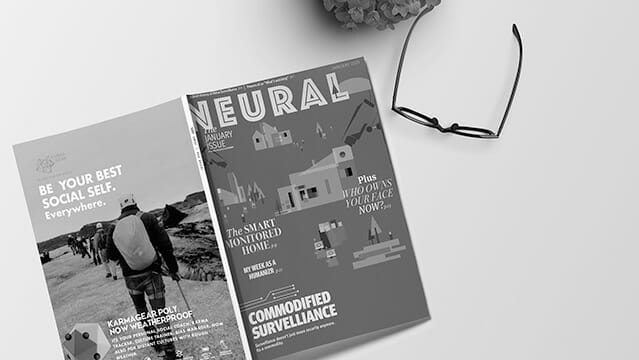
NeuralA fictional technology magazine from 2025
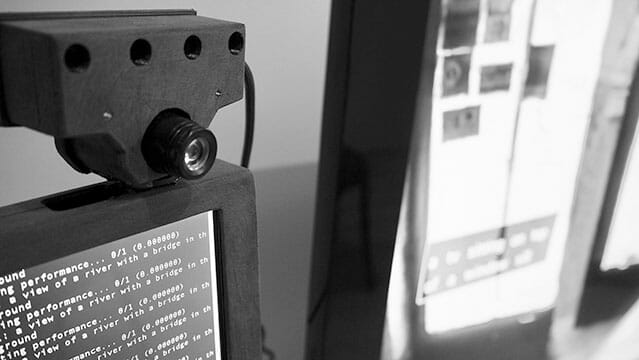
EyespyInteracting with Smart Surveillance